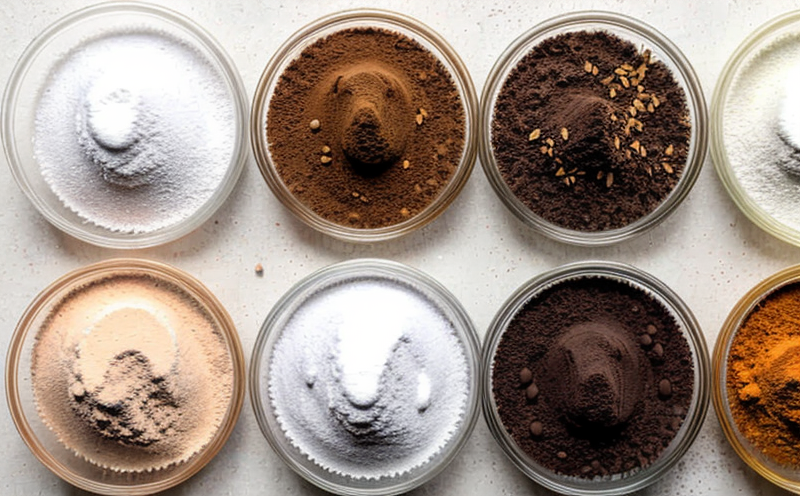AOAC 2023.08 Artificial Sweetener Multi-Residue Analysis
The AOAC International Standard Method 2023.08 is a critical analytical tool for food and feed testing, specifically designed to analyze multiple artificial sweeteners simultaneously in various matrixes. This method uses liquid chromatography coupled with tandem mass spectrometry (LC-MS/MS) for precise detection and quantification of sweetener residues.
This service offers unparalleled accuracy and efficiency in identifying common artificial sweeteners such as sucralose, acesulfame-K, aspartame, neotame, saccharin, and cyclamate. Our laboratory adheres strictly to international standards including AOAC 2023.08, ensuring compliance with regulatory requirements.
Our team specializes in specimen preparation tailored for this method, which includes extraction techniques that ensure optimal recovery rates from different food and feed samples. The use of LC-MS/MS provides high sensitivity and selectivity, making it ideal for trace level analysis.
The AOAC 2023.08 protocol ensures reliable results by employing rigorous quality control measures throughout the analytical process. This includes calibration verification, blank matrix preparation, and internal standard addition checks. Our method detection limits (MDLs) are typically between 0.1 to 0.5 ppm depending on the sweetener.
Our analysts generate comprehensive reports that include detailed information about the sample identification, extraction efficiency, quantification results, and any potential contamination issues. Compliance certificates are provided upon request for regulatory submissions.
| Sweetener | Method Detection Limit (ppm) |
|---|---|
| Sucralose | 0.1 |
| Acesulfame-K | 0.2 |
| Aspartame | 0.3 |
| Neotame | 0.4 |
| Saccharin | 0.5 |
| Cyclamate | 0.3 |
International Acceptance and Recognition
The AOAC International Standard Method 2023.08 is widely recognized and accepted by regulatory bodies around the world, including FDA, EFSA, and CFIA. This ensures that our findings are universally applicable and can be used to meet global standards.
Our laboratory's proficiency in this method also means we can provide data for international markets with minimal adaptation, streamlining your product development or compliance processes.
We regularly participate in proficiency testing programs to maintain the highest level of accuracy and precision. This commitment to quality is reflected not only in our results but also in our adherence to stringent safety protocols during specimen handling.
Environmental and Sustainability Contributions
- Precision detection of sweetener residues helps companies minimize unnecessary additive usage, reducing environmental impact.
- The accurate quantification allows for better formulation optimization, leading to more efficient use of resources.
- By identifying potential contamination early, we help prevent waste and promote sustainable practices in the food industry.
Use Cases and Application Examples
| Use Case | Description |
|---|---|
| Packaging Compliance | Evaluating sweetener content in food products to ensure compliance with labeling regulations. |
| R&D Innovation | Developing new formulations that meet both taste and regulatory requirements without compromising quality. |
| Supply Chain Monitoring | Monitoring the supply chain for any potential adulteration with unauthorized sweeteners. |
In R&D, our AOAC 2023.08 service is crucial for exploring new artificial sweetener combinations that can meet consumer demand while staying within regulatory boundaries. In procurement, it ensures that only high-quality ingredients are used in the production process.





